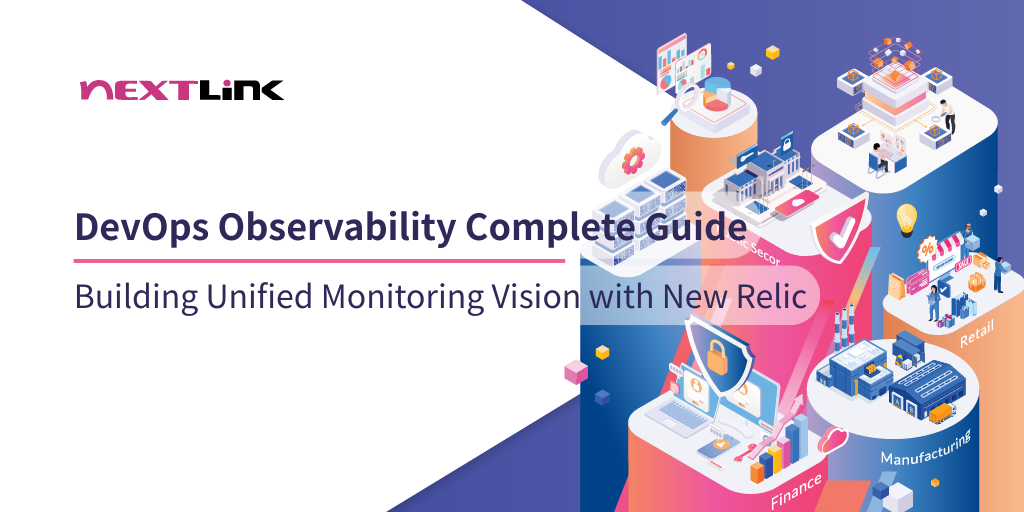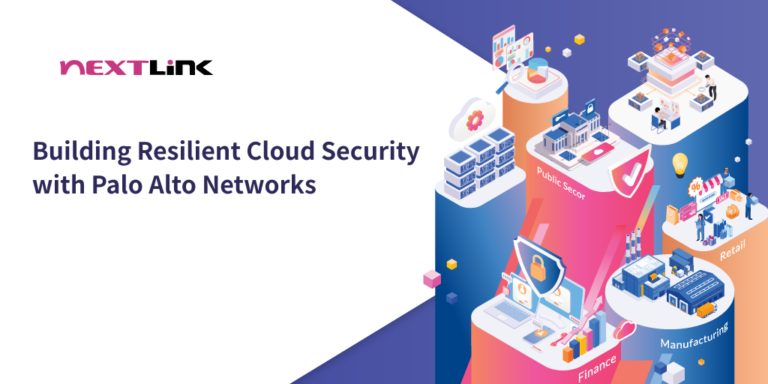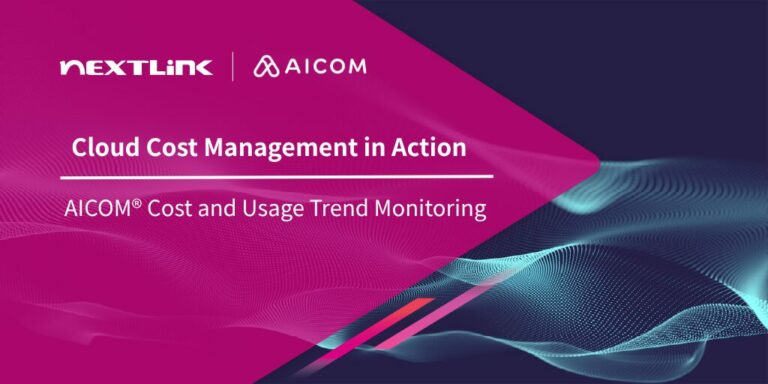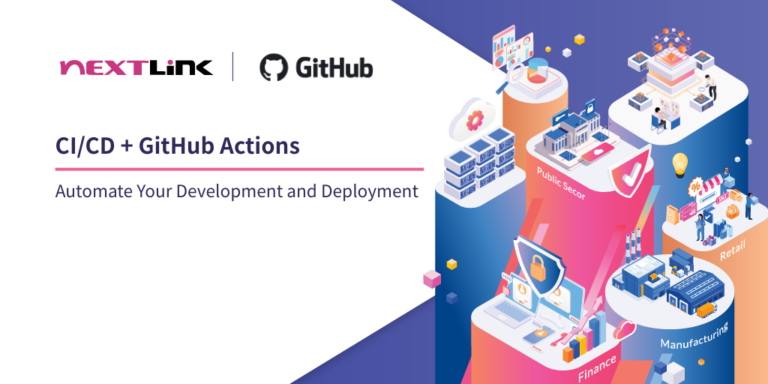In today’s digital era, enterprises have increasingly stringent requirements for system stability and performance. Observability has become a core capability for DevOps teams, while real-time monitoring serves as a critical factor in ensuring business continuity. This article will explore how to leverage New Relic, the industry-leading observability platform, to establish a comprehensive monitoring system and achieve truly unified monitoring visibility.
Table of Contents
Table of Contents
What is Observability?
Observability refers to the ability to understand a system’s internal state through its external outputs. Unlike traditional monitoring, observability goes beyond collecting predefined metrics—it emphasizes gaining deep insights into system behavior from multiple dimensions. Observability comprises three core pillars:
- Metrics: Quantitative data that measures system performance
- Logs: Detailed information recording system events
- Traces: Complete tracking of requests throughout distributed systems
These three pillars collectively form the foundation of observability, enabling DevOps teams to rapidly identify issues, analyze root causes, and proactively optimize system performance.
New Relic: The Leader in Real-Time Monitoring Solutions
As the industry-leading observability platform, New Relic provides comprehensive observability solutions. It not only integrates traditional APM (Application Performance Monitoring) capabilities but extends to infrastructure monitoring, browser and mobile application monitoring, and other domains, creating truly unified monitoring visibility for enterprises.
Key Features of New Relic
1. Application Performance Monitoring (APM)
APM delivers deep application monitoring capabilities, supporting multiple programming languages and frameworks. It can track web request response times, database query efficiency, and identify the root causes that slow down applications.
2. Infrastructure Monitoring
Through infrastructure monitoring, teams can comprehensively monitor the performance and availability of servers, containers, virtual machines, cloud services, and other infrastructure components, with customizable metrics and alerts.
3. Browser & Mobile Monitoring
Provides end-user experience monitoring, including: page load times and user interaction tracking, JavaScript errors, mobile application performance analysis, and user interactions.
4. Synthetic Monitoring
By simulating user behavior, it regularly checks website and API availability and tests applications from various global locations to ensure services are always available and responsive.
5. Logs Management
A centralized log analysis platform that correlates log data with other observability data (such as APM and trace data), enabling quick navigation to relevant logs for troubleshooting when issues arise.
Key Benefits Delivered by New Relic
1. Enhanced System Reliability
Through real-time monitoring and intelligent alerting, teams receive notifications the moment issues occur. Anomaly detection algorithms can automatically identify unusual patterns, significantly reducing Mean Time to Resolution (MTTR).
2. Optimized User Experience
Through comprehensive user experience monitoring, enterprises can understand real user experience quality. This user-centric observability approach helps enterprises continuously optimize products and enhance customer satisfaction.
3. Enhanced DevOps Collaboration
New Relic provides unified monitoring visibility, allowing development, operations, and business teams to make decisions based on the same data, fostering cross-team collaboration and accelerating problem resolution processes.
4. Supporting Business Decisions
Monitoring data serves not only for technical troubleshooting but also supports business decision-making. By analyzing user behavior and system performance data, enterprises can better plan product development directions.
5. Reduced Operational Costs
Automated monitoring and intelligent analysis capabilities reduce the need for manual monitoring, improving team efficiency. Additionally, through preventive maintenance, system downtime incidents can be significantly avoided.
Moving Toward Data-Driven DevOps
In the era of digital transformation, observability has become a crucial indicator of enterprise competitiveness. New Relic not only provides powerful real-time monitoring capabilities but enables enterprises to make informed decisions based on data. Through comprehensive observability strategies, DevOps teams can resolve issues faster, enhance system stability and user experience, and utilize resources more effectively.
As a New Relic partner, Nextlink possesses experienced professional architects and operations teams. Contact us today to begin your observability journey, making New Relic an indispensable tool in your DevOps practices to create truly intelligent and efficient unified monitoring visibility.





